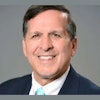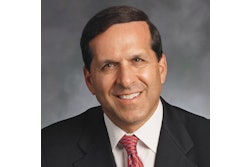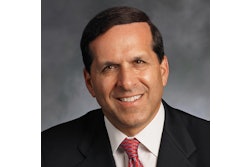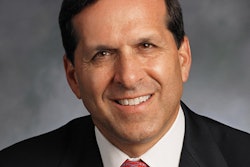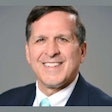Dental practices succeed based on the quality of the systems that have been designed and implemented in the practice. It is time for dentists to recognize that nothing is more important than having well-designed systems in the practice when it comes to optimizing practice performance.
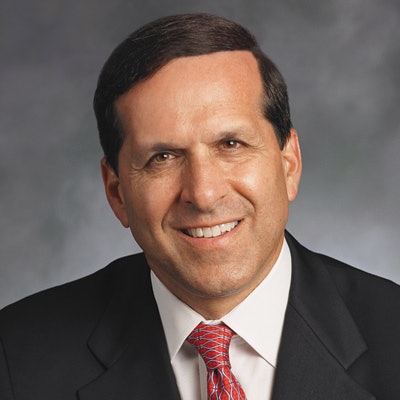 Dr. Roger P. Levin.
Dr. Roger P. Levin.
The right systems enhance production, profit, team performance, and efficiency, as well as reduce stress and fatigue. Practices that update their systems regularly increase production every year, which is the ultimate business goal of every practice.
One system stands out about above all others as the starting point for practice improvement. That system is scheduling.
Scheduling is time management -- nothing more and nothing less. Every successful business executive knows that time management is the No. 1 determining factor for production and profitability. This is definitely true for dental practices.
Practices with excellent scheduling systems manage everything better, because the scheduling system is the "command-and-control" system of the practice. If you get it right, you can improve performance in all other systems. But if you get it wrong, even excellent quality in other systems will not compensate for the detriment caused by a poor scheduling system.
The good news is that scheduling is a mathematical science. The following four points will help any practice maximize performance; increase production every year; and create an enjoyable, easy, and effortless environment.
Set an annual production goal
Too many practices simply make changes in their schedule here and there as they come up with ideas, run into obstacles, or notice practice changes. Haphazardly developed changes may solve one specific problem, but a collection of random changes creates more chaos than benefit and usually restricts a practice's growth potential.
At Levin Group, we have observed hundreds of practices that appear to be extraordinarily busy when in fact, they are simply victims of a bad scheduling system. The teams come to believe that they cannot possibly see any more patients or do any more dentistry and do not realize that they have a 30% to 50% production growth potential. How can this possibly happen?
It happens because they begin to believe that busyness is productivity and do not recognize that the current schedule is now holding them back. This is why we recommend setting an annual production goal as the first step in building your schedule. And the first year's goal should be at least 15% higher than the previous year. Don't worry about how you are going to achieve it. Start by setting the goal.
The purpose of a goal is to identify something to be achieved. Most people never set goals because they are overly concerned about how they will achieve them, not understanding that the starting point is to set the goal. Let's assume you set a goal of increasing production by 15%. It may feel challenging or even scary, but now you know what you want to achieve. The next step then is to design a new scheduling system to achieve it.
Throw out your current schedule
Don't try to simply improve the current schedule. It won't work because you're trying to improve something that is already inferior. Improvements made to an inferior schedule often make things worse rather than better.
We suggest you start by building a brand-new schedule, using mathematical formulas to determine what that schedule should be. If you know the annual production goal, you can then determine many other elements.
What should be the daily goal? How many patients should be seen each day based on what type of procedures? How many new patients (which have two to three times the average production value in the first 12 months versus current active patients) should be seen per month, and does the schedule have time blocked to make sure they can easily be seen? How many no-shows are eating up chair time that can never be recovered? These and other questions can be answered mathematically and built into the new scheduling system.
Build a new schedule as a trial run
Don't be afraid to build a new schedule and study it. Look at it the next day and the next week before implementation and see how it feels.
Can you do that appointment in 60 minutes or not? Did you do procedural time studies to determine how fast each service can be accomplished by each provider? We typically find that we can save a minimum of 10 minutes per hour per provider, which is the equivalent of adding two extra months of production every year.
When you are ready, you can then implement a new schedule and try it for a minimum of 12 weeks. Some practices try new schedules only to begin violating all of the new principles of the new schedule quickly because they revert to the old way of doing things. Stay with the new schedule (strictly) for 12 weeks. You will be surprised that in most cases the new schedule is far superior to the old one, production is increasing, and stress is going away.
Train the team and include scripting
Most team members have great attitudes, but they are not naturals at how to control the schedule and negotiate with patients to accept certain appointments. The right verbal skills when put into scripts can help the team guide patients into the right time slots, allowing the new mathematically designed schedule to work. If the team violates the new principles of the new schedule frequently, it will simply fall apart, and you'll be back to where you were before.
Scripting is the secret sauce that allows scheduling to work. Knowing how to persuade a patient to accept a morning or afternoon appointment, decreasing no-shows by emphasizing the importance and value of appointments and training patients that no-shows are not acceptable, running on time -- all of these are principles of a mathematically designed schedule that can simultaneously increase practice production and achieving the annual production goal.
Summary
Scheduling is the most important system in the practice and practice success will be based on the quality of the systems. Every dentist should understand that the key to optimal performance and a satisfying career is to have a schedule that allows the practice to achieve goals and lower stress and fatigue. In addition, the right schedule can shave off the time it takes to reach financial independence for retirement. Scheduling is the command-and-control system that, when properly designed with appropriate scripting and training for the team, allows all other systems to perform better.
Dr. Roger P. Levin is CEO of Levin Group, a leading practice management and marketing consulting firm. To contact him or to join the 40,000 dental professionals who receive his Practice Production Tip of the Day, visit LevinGroup.com or email [email protected].
The comments and observations expressed herein do not necessarily reflect the opinions of DrBicuspid.com, nor should they be construed as an endorsement or admonishment of any particular idea, vendor, or organization.

